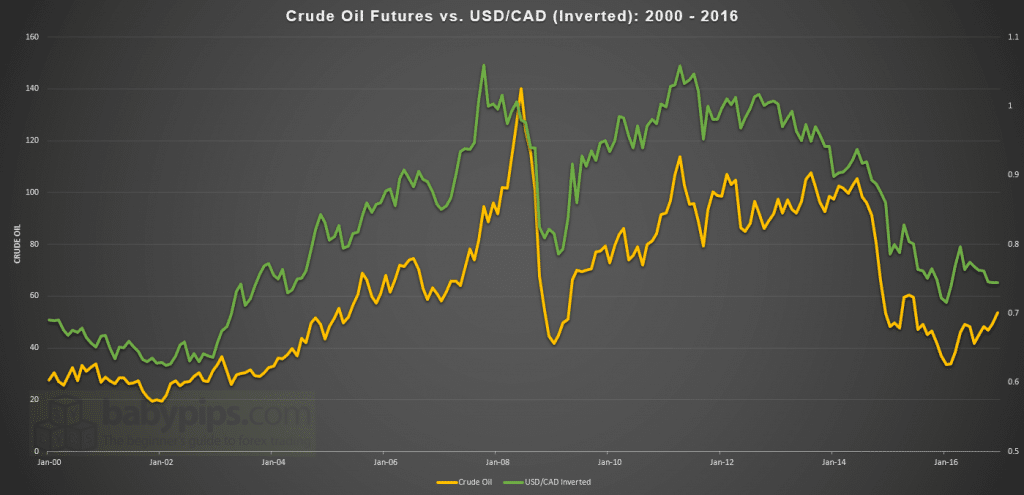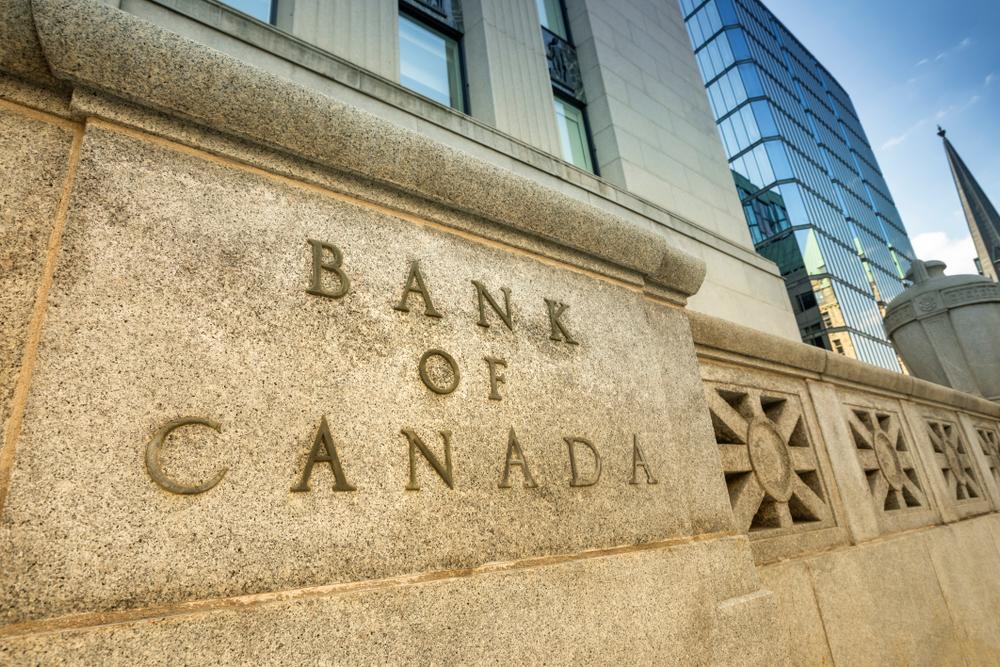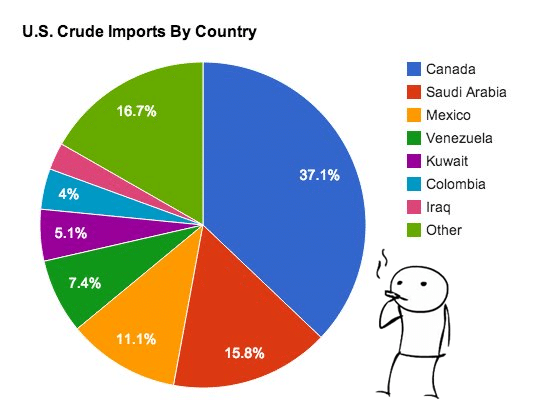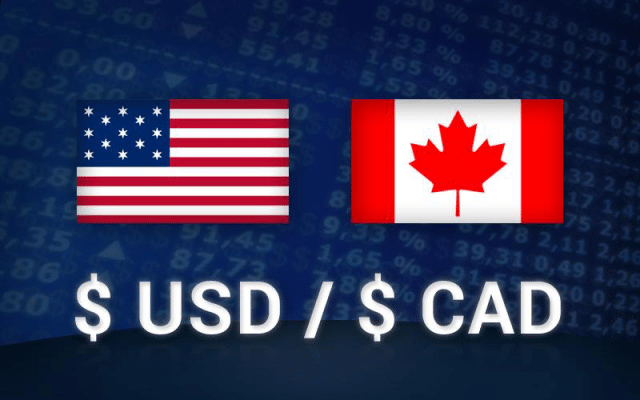USD/CAD is one of the most traded currency pairs, as the cross represents some of the world’s biggest economies. In the pair, USD represents the U.S dollar, also billed as the world’s reserve currency. The CAD or the ‘loonie’ represents the Canadian dollar, often referred to as a commodity currency.
The U.S dollar accounts for more than 80% of all trades in the currency market. The CAD occupies a rightful position among the seven most popular currencies, accounting for 4.6% of all trades in the market.
Therefore, the USD/CAD is considered a major currency pair given the trading volume it elicits. It is also billed as a commodity pair by being a cross of two countries that produce a large amount of commodities fuelling international trade. Some of the commodities that influence USD/CAD price action activity include crude oil and natural gas.
U.S-Canada relations are another factor that influences the USD/CAD exchange rate. The U.S is Canada’s largest trading partner accounting for more than 70% of the trade balance. In 2015, the U.S market accounted for more than 70% of Canada exports. Canada also took over half of its imports from the U.S.

The U.S imported more than half of all oil consumed within its borders from Canada. As it stands, Canada accounts for more than 4% of U.S petroleum oil imports. For these reasons, the USD/CAD exchange rate depends a great deal on crude oil prices.
Factors Affecting USD/CAD Exchange Rate
Federal Reserve and Bank of Canada Monetary Policies
Monetary policies passed by the Federal Reserve (U.S central bank ) and Bank of Canada (Canada central bank) influence a great deal, traders’ sentiments on the U.S dollar, and Canadian dollar conversely the exchange rate.

The two central banks initiate monetary policies in response to economic activities and developments that influence the U.S dollar and CAD strength. The cutting and rising of the two countries’ benchmark interest rates also mandate the two central banks that influence the USD/CAD exchange rate.
Political Events
Political events in the two countries in the form of elections, relations, and trade partnerships also affect trader’s sentiments on USD and CAD, likewise the prevailing exchange. A trade standoff between the two countries that spiraled into trade war took a toll on the Canadian dollar resulting in the exchange rate increasing as the dollar strengthened by being a safe-haven.
Economy
The health of the U.S and Canadian economies also influence how the USD/CAD trades in the forex market. It is in part because the U.S is Canada’s biggest trading partner. However, the imbalance between the two economies means the Canadian dollar is the most susceptible to economic development between the two countries.
The Canadian economy is valued at about $1.5 trillion compared to the U.S economy valued at about $18.56 trillion. Conversely, economic developments in the U.S always affect the Canadian dollar by the U.S economy’s greatness.
Commodity Prices
Canada’s economy depends a great deal on commodity prices by being a resource-driven economy. The country is a key exporter of timber, minerals, oil, chemical, and wheat.

Commodity prices fluctuation affects the Canadian currency, given that the prices are usually mentioned in U.S dollars.
Exports
U.S markets account for three-quarters of Canadian exports. Demand for things such as oil and gas in the U.S goes a long way toward shrinking the trade deficit, which often leads to the strengthening of the Canadian dollar.
Major Economic Indicators That Affect USD/CAD Exchange
Economic Releases and Interest Rates Changes
The USD/CAD exchange fluctuates depending on how the U.S and Canadian economy are doing. Traders in the forex market watch and analyze key economic releases before buying or selling the currency pair.
In the U.S, Non-Farm Payroll reports, Consumer Price index Produce Price Index, Trade Balance. ISM Non-Manufacturing & ISM Manufacturing is a key report that sways trader’s sentiments on the greenback.
Likewise, Federal Reserve Policy Minutes also influence a great deal of the USD/CAD price action in the currency market. For instance, over an extended period, better than expected economic releases often result in the FED’s hiking of interest rates. Interest rate hike results in the strengthening of the U.S dollar leading to a spike in the USD/CAD exchange rate.
On the other hand, Canada is a resource-based economy as it depends heavily on the exploitation and expiration of natural resources. The Canadian dollar price has a high correlation to the price of some of the most exported raw materials.
Likewise, several economic releases also indicate how the economy is conversely, swaying traders’ sentiments on the CAD. Some of the key economic releases closely watched by forex traders include the Consumer Price Index, Net Change in Employment, Unemployment Rate, and Retail Sales, Trade Balance, and the IVEY Purchasing Managers Index.
A prolonged period of better than expected economic releases signals robust growth in various sectors within the Canadian economy. Similarly, the Bank of Canada often hikes interest rates in times of healthy economic growth leading to the strengthening of the CAD against the U.S. Dollar.
In addition to interest rate hikes, the Canadian dollar also strengthens sending the USD/CAD lower whenever the economic releases come in better than expected and when oil prices edge higher.
How Downturns Affect USD/CAD
Downturns such as a spike in risk aversion often result in the USD/CAD pair rallying in the forex market. The Canadian dollar is susceptible to economic and geopolitical tension on the global scene. Such events result in a decline in energy prices.
In contrast, the U.S dollar tends to strengthen in times of uncertainty and crisis by the greenback being a safe-haven. Likewise, in times of crisis on the global scene, the USD/CAD tends to rally.
USD/CAD Carry Trade
Carry trade is a popular trading strategy whereby traders seek to profit from interest rate differentials between the two currencies. In this case, traders sell a currency with a relatively low-interest rate compared to the other currency in a pair. Likewise, a trader can buy a currency with a higher interest rate. The aim of carrying trades is to profit from interest rate differentials.
With the USD/CAD pair, it isn’t easy to profit from carrying trades as interest rates in Canada, and the U.S does not diverge enough. The Federal Reserve has embarked on a tightening spree that has resulted in U.S interest rates plunging to record lows of 0.25 in line with 0.25% charged in Canada.
Bottom Line
The USD/CAD is a widely traded currency pair as it contains the Canadian dollar and the U.S dollar, which are some of the most traded currencies. Likewise, traders use the pair given its correlation with commodity prices such as oil and natural gas. Some of the factors that influence the pair’s exchange rate include Bank of Canada and Federal Reserve monetary policies economic releases, as well as geopolitical and economic developments, also sway trader’s sentiments on the pair.




